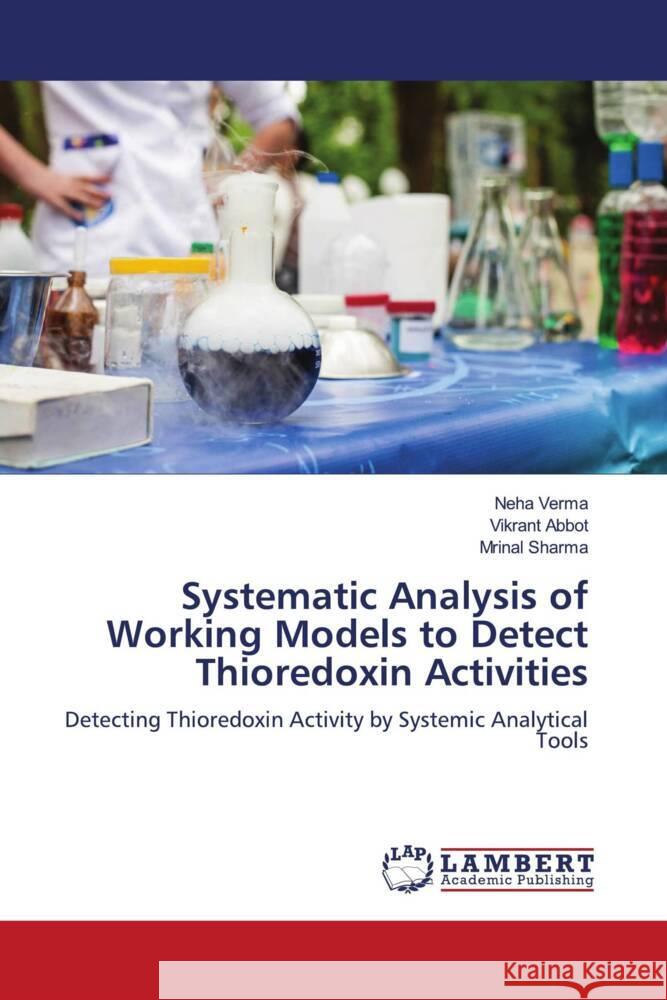Systematic Analysis of Working Models to Detect Thioredoxin Activities » książka
Systematic Analysis of Working Models to Detect Thioredoxin Activities
ISBN-13: 9786206844068 / Angielski / Miękka / 52 str.
Thioredoxin (Trx) (12 kDa M.W.) is a ubiquitous antioxidant protein which controls the oxidative stress and redox signaling with thioredoxin reductase (TrxR) and NADPH. Trx acts as an electron donor for ribonucleotide reductase (RNR), methionine sulfoxide reductase (Msr), and Trx peroxidase (peroxiredoxin). Trx plays an important role in DNA synthesis, reduction of the disulfide bond, recycling of peroxiredoxin (Prx), and as an electron donor. Various in vivo and in vitro assays are used to check the activity of Trx. This work is focused on the study of in vivo and in vitro methods for Trx activity which have been used in the different model system. Different methods were studied to evaluate the activity of Trx in different samples. Insulin reduction assay is more commonly used in vitro method because insulin acts as effective substrate for activity of Trx. Fluorescence, DTNB (5, 5 -dithiobis (2-nitrobenzoic acid)) reduction, spectrophotometric or micro-method insulin reduction, and disulfide cross-linking interaction in vitro assays while Luciferase, cloning, and wort in vivo assays are used for the activity of the Trx system.











